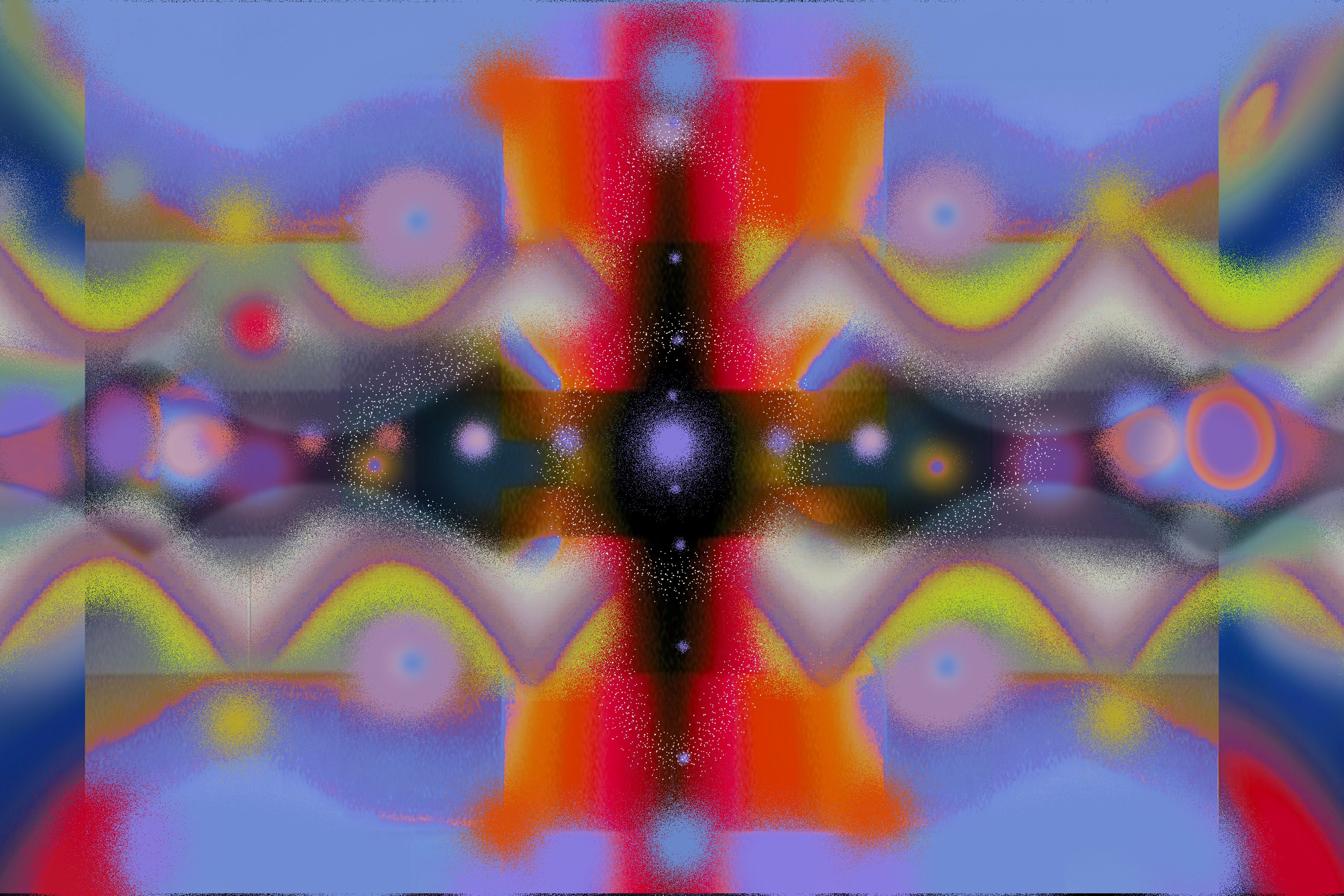Four Principles For Building Power in Media


2020-11-18
People make and reflect culture by telling stories. Patterns exist in the stories people tell, even when those stories pertain to different social issues or topics. The patterns that emerge from the shows we stream, the music we listen to, the games we play, and the news we share, we call narratives. Think of narratives as the averages of many, many stories, the things that hold true among them. Stories are like tiles in a narrative’s mosaic, so to speak, the stars that make up a narrative constellation.
Many organizations and media makers are working hard to shift the deep cultural narratives that shape public understanding and inspire action on all kinds of social issues like poverty, immigration, and climate. Often this work lacks a shared understanding of what narrative is, how to identify and characterize narrative reliably, and how narrative connects to people with the power to make change. We’re hopeful that this is a place Harmony Labs can help. It’s the motivation behind our Narrative Observatory.
We’ll be digging into the technical specifics of the Narrative Observatory in upcoming blog posts. For now, here are a few thoughts in video format on narratives and narrative change, starting with some definitions:
Building on the definitions in What’s a Narrative, we can start to reliably identify, track, and measure narratives across media types over long time scales using a combination of computational text analysis and human reading and annotation. At least that’s the work we’ve been knee deep in for the last six months. Narratives can also be connected to the people or audiences who consume, create, and amplify them in culture. For part 2 in our video series, we take a closer look at identifying narratives through the lens of climate skepticism:
Once narratives and audiences have been identified or mapped, then we can start working to understand how to produce change. Using a narrative landscape as a guide can yield new opportunities to reach and engage your audience. In the final video of this series, we look at the issue of Artificial Intelligence and examine how various creative interventions influenced public perception:
We’re excited about the potential that this basic approach holds for foundations, advocacy organizations, and anyone interested in understanding culture to make better media. And we are already developing a new data platform to identify, measure, and track narratives related to social issues, over long time scales and across multiple cultural domains; learn about the people or audiences who participate in these narratives; and provide narrative change makers a framework for content effects testing.
We call it the Narrative Observatory. You can learn more about this project on our website, explore one of our first outputs here, or follow along here, on this blog, as we document our journey, and explore together how to solve some of the technical, definitional, and practical challenges that bedevil narrative change research and measurement.



